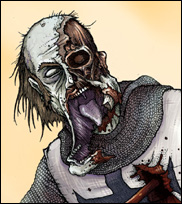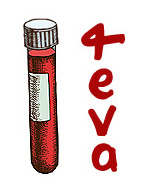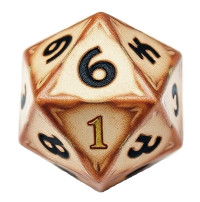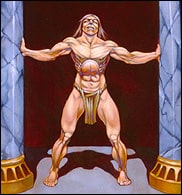“Hey James, just wanted to let you know I did some more boxing with T… and V… today (two guys from our training session). I took a good hit to the face, but generally came out ahead with good head movement and body shots. I even got T’s… solar plexus and winded him bad! I’m trying to move my feet less in practice, to get more contact and rely on my feet a little less.”
-Badsmitten
My friend above came to boxing and stick-fighting from a non-contact ball sport. So his outer range ability is excellent, but is naturally contact averse on a mechanical level, prone to seek minimal friction in action. This is really excellent for fighting with edged weapons and long extension weapons. But, for boxing, he has a need to get hit to get over that aversion. This is obvious and something he is well aware of. We need to become relaxed in the contact situation for the reasons that follow:
For self-defense:
-Attacks are mostly ambushes
-Attacks are mostly pack attacks, increasing probability of close contact and maximizing the need to be able to handle contact and then break contact rather than avoiding it
-Any contact training will increase your ability to maintain your cool during a contact encounter
For training and competition:
-You might move better than anyone in your network or gym, but one day you will run into spiderman, and you better had practiced getting caught in the pocket
-By training in close contact, in the pocket or wheel house, you will gain the ability to mimic a pressure fighter for any of your training partners who might also be outer range fighters or movers rather than brawlers,
-By training as a pressure fighter, you will learn your natural foe’s art from his vantage and be better at foiling him.
Overall:
-As you age, relative mobility versus the ever younger fighters you train with and attackers on the street, will require you to become your opposite.
The specific values to training in the pocket, especially if you are a better mover than your training partners are:
-You will get more work in. Your partners are usually not around. You can solo your mobility training shadowboxing or even playing with a dog or a child or playing touch with your wife. The most important skill to work on with partners is dealing with contact.
-The more time you spend in the pocket the more relaxed you will be there, which is the most dangerous place to be, meaning that pocket training is your most important range because it trains you to deal with bad situations.
-By staying close you get to practice, stopping, catching, parrying, trapping, blocking, slipping, rolling with and even eating punches at a much higher rate than you would encounter them in a fight.
-Working in the pocket is crucial for getting out of the pocket. Your sparring and drilling, even with mitts, should focus on staying in the pocket for at least a combination, then escaping either by measuring and turning or slipping and countering. Use your wife to throw punches as you try and stay close and then check her shoulder or hip and turn out, or clinch if she is beating you up.
-When you are in the pocket, you are only a half-step from countering and escaping. It’s a knife-edge that involves more than time and measure but rhythm. Rhythm training requires a lot of repetition.
-Practice laying traps. There are three pocket orientations:
-A. you are in his pocket
-B. you are both in each other’s pocket
-C. he is in your pocket
Let him think he is getting you into his pocket and put him in yours. These three relationships are each a half step off or in. If you are the harder hitter, by getting him to put you in his pocket, he is close to B, where it is to your advantage to bang. If he is the harder hitter, let him thinking he is getting B and steal C. This is the game at the crux of the Broken Dance that is boxing. These things all apply to stick as well.
Now, with knife training, you need to practice being attacked in the pocket and either exiting or collapsing the pocket. You never knife fight in the pocket. With the stick the wheelhouse or pocket is larger, with the knife the same size as with boxing but much more lethal. For this reason, in weapon-on-weapon fighting or in defending against the knife, we use triangular stepping to navigate around the pocket. But even with stick-fighting, some guys, like Brett, will put us in the pocket and we need to practice surviving it and getting out.
I suggest gloving one guy and going empty hand for the defender and throwing gloved punches and measuring and defending with the empty hand.











